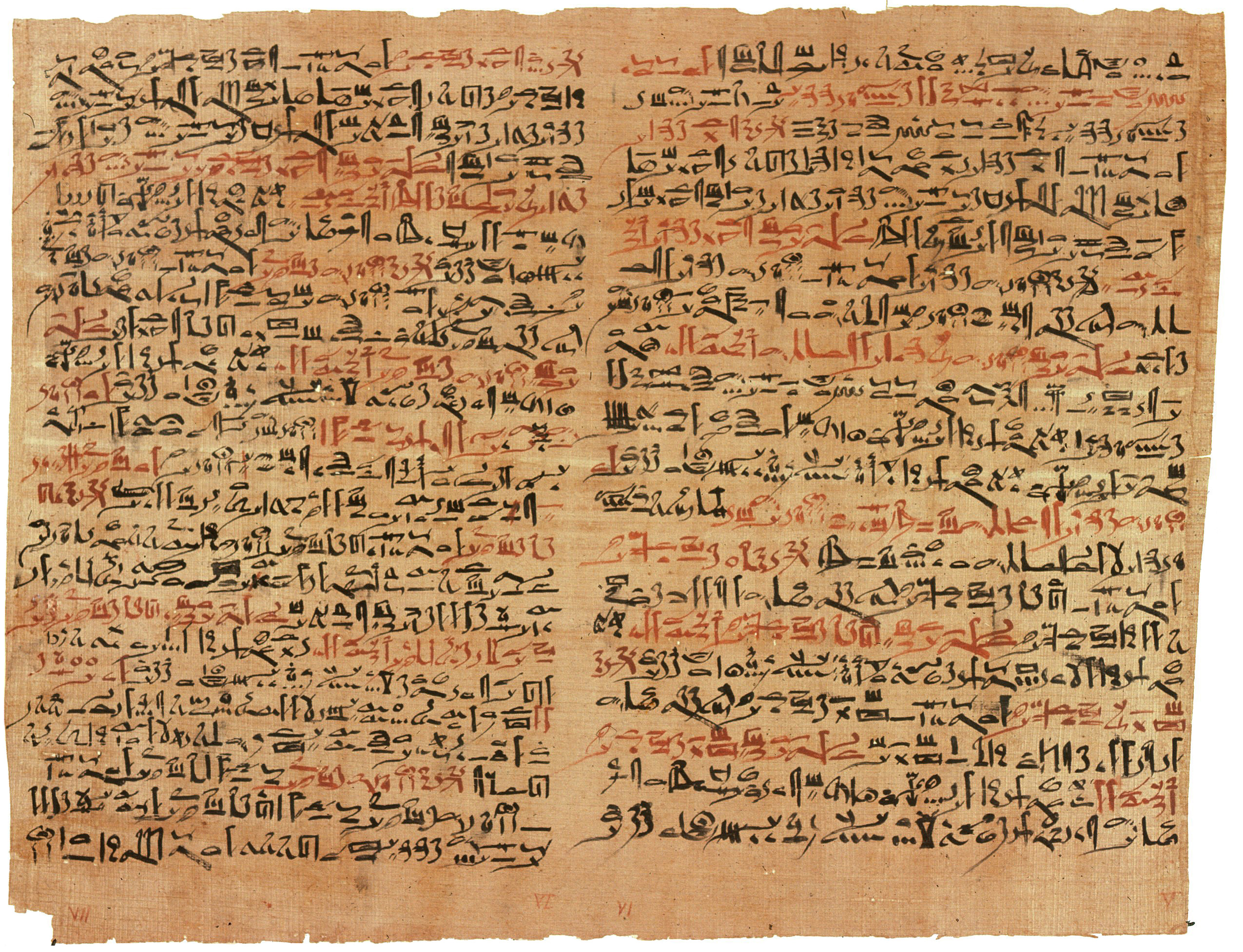“Call
it.” Two simple words, but they are the culmination of one of the
toughest decisions a doctor can make- when to stop CPR. Too short and
someone dies when they might have survived. Too long and you're
cracking ribs, protracting death and perhaps starting a heart again
when the mind has died. There are no guidelines on how long CPR
should be performed, partly because it's a very difficult topic to
study. Imagine trying to get ethics committee approval for randomly
assigning people to long or short CPR. Doubtful. Thank God.
Some
evidence on CPR does exist, largely from observational studies such
as the one published in The Lancet last week by Goldberger et al. One of the biggest studies of its
kind, they used the world's largest
registry of in-hospital cardiac arrests, including 64,339 patients who
suffered a cardiac arrest at 435 hospitals in the United States from
2000-2008.
Their aims were to assess whether hospitals spend different amounts
of time on resuscitation attempts and whether a hospital's typical
resuscitation time affected survival rates.
The
study divided the hospitals in to 4 groups according to the median
time they spent on resuscitation efforts in non-survivors. This
was used as a measure of the hospital's tendency for longer attempts. Just 9 minutes separated those in the shortest
group (16min) from those in the longest (25min). But time wasn't
the only thing that separated the hospitals. The study team found
that patients in hospitals which spent the longest on resuscitation
events were 12% more likely to survive and go home than patients in
hospitals with the shortest attempts.
Intuitively
this might seem obvious- the longer you try, the more people you
save, right? As one reader of the Washington University newspage
commented: "*face palms and shakes her head* Jesus Mary and Joseph, people are just so stupid. Seriously, this was not obvious to doctors before the study?"
Nope.
As we discussed at the outset longer isn't necessarily better- the
authors expected to find that longer attempts were futile, resulting
in people being 'saved' with minimal brain function. Yet this wasn't borne out in the study- hospitals with longer CPR
attempts did not have higher rates of neurologically impaired
survivors, just higher rates of survivors.
This
brings us to every enquiring mind's favourite question: why? Well,
let's start with what the study team think. They note that the
patients who benefited most from longer resuscitation times were
those whose type of cardiac arrest was “non-shockable”, which
means they weren't suitable for defibrillation. One example is
“asystole” which looks like this on an ECG.
 |
| Asystole. Image from: Ambulance Technician Study. |
Note
its got a bit of a wiggle to it, a perfectly “flatline” probably
means your leads aren't connected, or you're in an episode of Casualty. In the UK, CPR guidelines advise against defibrillation in
asystole. The study team suggest that in these non-shockable cases the extra
time spent on CPR buys time for medics to figure out the underlying
cause of the cardiac arrest and try to tackle it. In light of this,
maybe CPR guidelines should state a minimum attempt time?
This
seems reasonable, but that doesn't necessarily make it so. All this
study has demonstrated is an association
between the median duration of resuscitation attempts in
non-survivors and post-CPR survival. This could be for other reasons-
perhaps hospitals that deliver longer CPR also deliver more effective
CPR or have more robust post-CPR care. Given these possible
alternative explanations, this study alone isn't enough to justify a
minimum CPR time for all. Goldberger himself agrees:
 |
| Dr Zachary Goldberger. Image: University of Washington. |
“The last thing we want is for the take-home message to be that everyone should have a long resuscitation”. A cardiologist with a-mazing glasses, a first author Lancet paper AND a recognition of the limitations of his research. No denying Zach's a catch ladies.
So,
taking these limitations into account, what is the take home message? Reassurance. Reassurance that longer resuscitation times
don't appear to lead to a significant increase in survivors with
severe neurological damage. With this reassurance, hospitals whose
resuscitation times are at the low end of the spectrum should
seriously consider aiming to continue CPR for longer.
Whilst the timing of inpatient CPR timing will continue to be investigated and debated, its important to
recognise this study is not applicable to people
having CPR in the outside world. Just 15.4% of people in this study
made it out of the hospital alive. This is because they were sick
enough to be in the hospital in the first place. None of this data is
transferable to when people have a cardiac arrest in the outside
world. Should you ever find yourself in that situation, deciding when
to stop CPR is far easier: DON'T. Unless:
- The person starts to show signs of regaining consciousness AND starts to breathe normally
- Professional help arrives to take over
- You physically cannot keep doing CPR
For
a CPR refresher, have a read of this and a look at this.
Reference: Duration of resuscitation efforts and survival after in-hospital cardiac arrest: an observational study. Goldberger et al. The Lancet, Early Online Publication, 5 September 2012 doi:10.1016/S0140-6736(12)60862-9. Accessed: 16/09/12
Reference: Duration of resuscitation efforts and survival after in-hospital cardiac arrest: an observational study. Goldberger et al. The Lancet, Early Online Publication, 5 September 2012 doi:10.1016/S0140-6736(12)60862-9. Accessed: 16/09/12





